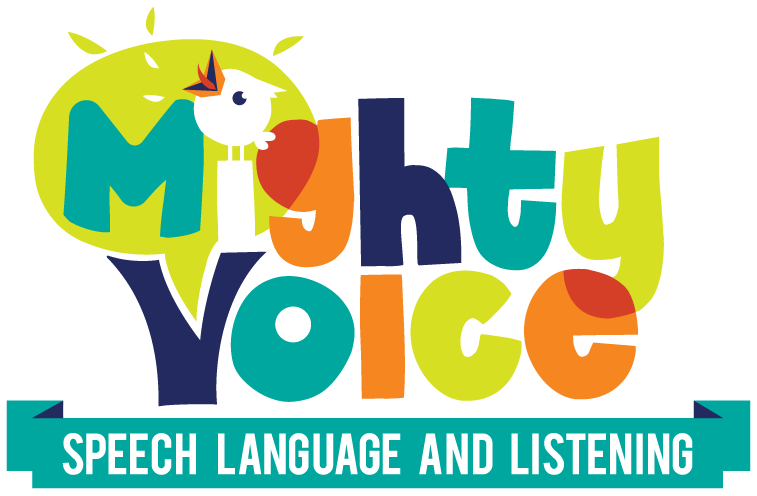It’s probably happened to all of us at some point–you hear a phrase in conversation you’re not familiar with. Maybe the speaker is from a different part of the country, or a different age group, and although you understand the words they used, you’re not sure what they mean.
I spent a year living in Charlotte, NC, and heard the phrase “Bless your heart” a number of times. It’s a southern phrase that can mean a lot of different things, depending on context. It can be used to show affection, but also to demean someone or to be condescending. Even after hearing it in different contexts, I never quite understood the nuance enough to use it confidently.

For our kids who are deaf and hard of hearing, specifically teaching figurative language–idioms, sarcasm, slang, is vital. It’s our job as speech language pathologists, teachers of the deaf, and special educators to make sure our students understand what these phrases and words mean.
Part of the Group
We know that students who are deaf and hard of hearing need support in terms of social and emotional development. Explicitly and systematically teaching figurative language is part of that.
Imagine some of your students out on the playground. When the other kids are using sarcasm and they don’t understand it, it sets them apart. Sure, they can ask an adult, but how often do they? Or in the classroom, when a teacher uses an idiom and they don’t know what it means, they might assume (correctly or incorrectly) they’re the only one.
If they don’t understand a joke their friend told, or the double meaning of a word that was used, it puts them on the outside, and puts an extra burden on them to figure out or search out the “real meaning.”
Which is why I’m a huge advocate of systematically and purposely teaching kids the slang, sarcasm, idioms, and other figurative language used in their communities. It is one way to be an “includer” and help our kids participate socially.

Be Proactive
We all want our kids who are deaf or hard of hearing to have a robust social life, filled with community and friendships. We want them to feel like they fit in and like they have found a place.
Teaching them how to understand idioms and slang, sarcasm and jokes, is just one way we can help them do that.
